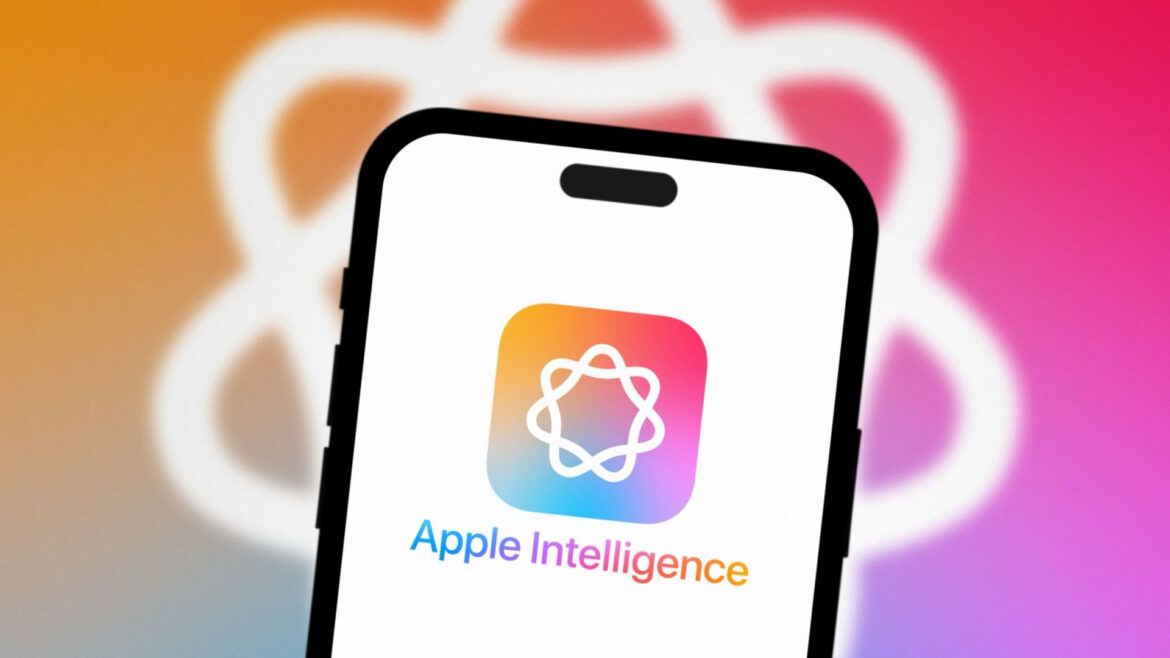Apple has formally eased its long-standing limitations on how iOS apps may handle NFTs and Cryptocurrency 2025 transactions in a historic step for the tech and blockchain sectors. This action clearly responds to mounting legal pressure and a recent antitrust decision charging the behemoth of technology disproportionate dominance of its App Store network.
Apple’s Walled Garden Draws Legal Fire
Apple has kept tight control over the iOS App Store for years; developers must use its in-app purchase (IAP) mechanism for any digital transactions—a policy including a commission fee of up to 30%. These guidelines also forbade apps including those involving crypto assets or NFTs from guiding consumers to outside websites or payment systems for purchases. This strategy not only limited customer choice but also discouraged blockchain innovation since direct, peer-to-peer transactions are the standard there.
But once the U.S. Department of Justice launched an antitrust case against Apple, claiming that App Store practices fostered a monopolistic atmosphere, reform was difficult to overlook. Apple has changed its app policies to provide developers more freedom in how they manage blockchain-based assets and distributed technology in what looks to be both a legal and strategic reaction.
What’s Changing for Developers and Users
Developers are now allowed under the new guidelines to incorporate functionality in their iOS apps that lets users browse, buy, and sell NFTs without having to utilise Apple’s payment system forcedly. More crucially, applications can now legally guide users to outside websites or platforms to finish transactions involving digital coins and virtual goods.

Apple still requires developers to explicitly show when a user is leaving the app to make an outside transaction in order to preserve a degree of transparency and user safety. Still, this is a really modest need in comparison to the formerly strict rules that completely forbid such behaviour. This change allows blockchain-based apps to at last give consumers more direct, simple, and reasonably priced means of interacting with Web3 technologies.
Opportunities for Web3 Growth on iOS
Now free of rejection, NFT markets including those allowing the purchase and trading of digital art, music, and gaming assets can create more feature-rich iOS apps. NFT-powered rewards and ownership systems can be more readily integrated by blockchain game creators. Without being limited to Apple’s own systems, crypto wallet apps can let DeFi tools and token transfers be more easily accessed.
The ramifications are quite severe. Apple is essentially opening the doors to larger Web3 usage on one of the most powerful mobile platforms by relaxing its hold on NFT and crypto exchanges. For millions of iOS users who have shown growing interest in digital assets and blockchain technology, this will improve the user experience in addition to fostering creativity among developers.
Indices of Apple’s Web3 Awakening
Apple’s most recent action shows that the business is ready to change under the correct conditions, even if it does not always reflect a complete acceptance of distributed technologies. Apple’s change might herald the start of a new, more transparent age for its ecosystem as customers demand more freedom and openness in how they use their digital gadgets and authorities tighten control on Big Tech.
Some observers think this could finally result in more thorough integration of blockchain-based technologies including native crypto wallet capability, digital identity, ownership, and support throughout Apple’s products.
Conclusion
Apple’s relaxation of NFT and crypto policies comes at a crucial point for the tech sector since the boundaries separating conventional apps from distributed platforms keep blurring. Apple is not only answering legal objections with this policy modification but also appreciating the increasing relevance of blockchain technology in determining the direction of mobile applications.
The iOS App Store might soon be a more active hub for NFT trading, crypto transactions, and Web3 innovation as developers start to seize these fresh liberties. One thing is clear: the future of iOS apps just became a lot more open and blockchain-friendly, even though Apple’s degree of embracing decentralisation is yet unknown.



